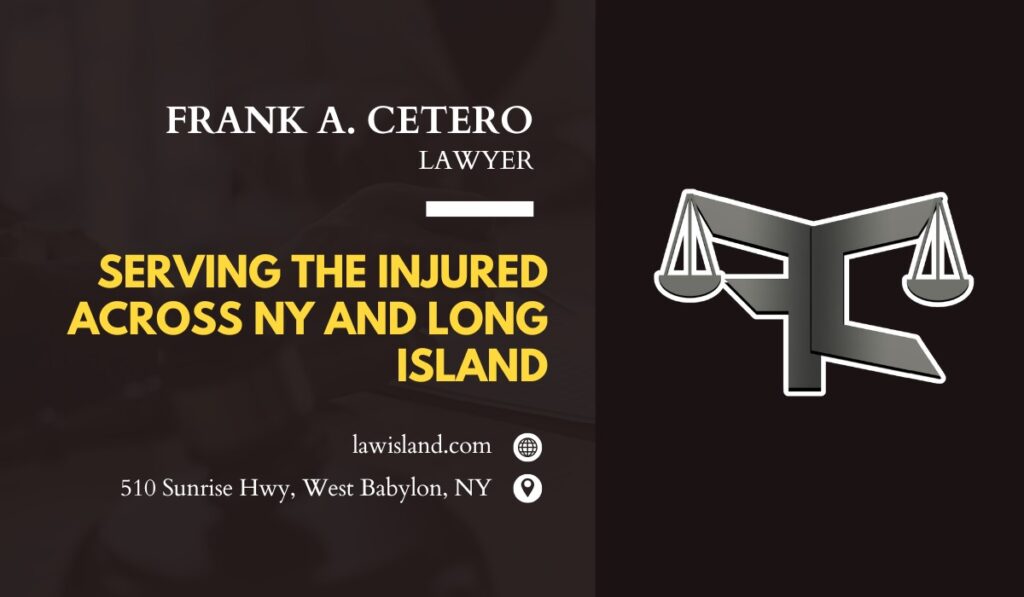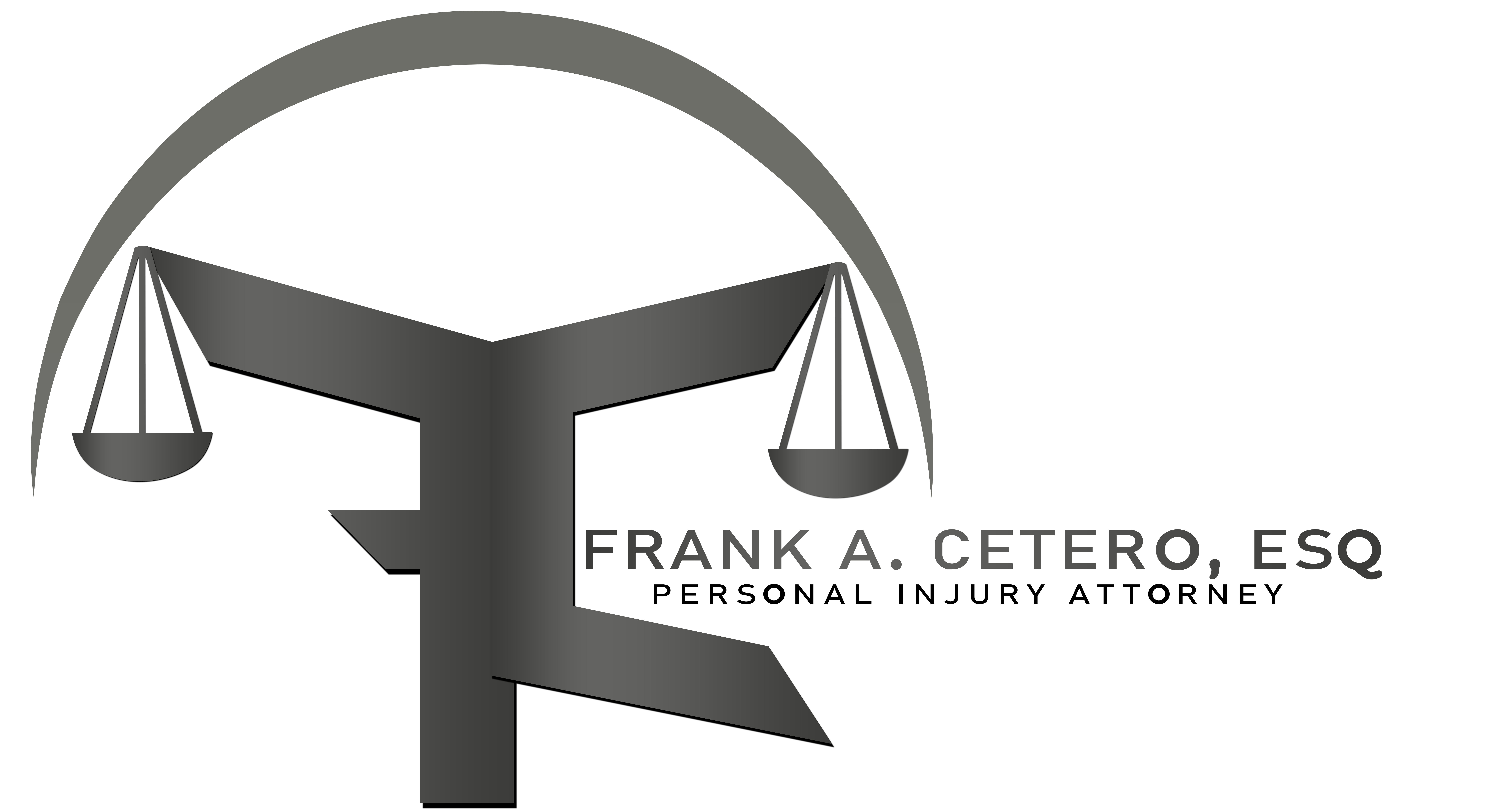Car accidents are never easy. They can happen suddenly and leave you feeling shaken, disoriented, and overwhelmed. Whether it’s a minor fender-bender or a serious crash, the aftermath can be just as challenging. One of the most important steps you can take after a car accident is to seek timely medical treatment. In Long Island, where access to quality care is readily available, getting prompt treatment can make a huge difference in your recovery and overall well-being. This blog post will explore why timely medical treatment is so important after a car accident in Long Island and how medical centers can play a key role in your recovery.
Understanding Car Accident Injuries
Car accident injuries can vary greatly, from minor bruises and strains to serious trauma. Some injuries might not be immediately apparent, so it’s crucial to get checked out by a medical professional as soon as possible. Even if you feel fine right after the accident, underlying injuries may not immediately show symptoms. It’s important not to ignore discomfort or assume everything is okay without a proper medical evaluation.
Common Car Accident Injuries
- Whiplash: Whiplash is one of the most common injuries from car accidents in Long Island. It happens when the head is jerked forward and backward, straining the neck muscles and ligaments. Symptoms can include neck pain, stiffness, and headaches.
- Back Injuries: The impact of a collision can lead to various back injuries, such as herniated discs or muscle strains. These injuries can cause severe pain and affect your mobility.
- Concussions: A concussion is a type of brain injury caused by a blow to the head or a sudden jolt. Symptoms might include dizziness, confusion, and headaches. If not properly managed, concussions can sometimes lead to long-term issues.
- Fractures and Broken Bones: Depending on the severity of the crash, you might suffer from broken bones or fractures. These injuries often require immediate medical attention to ensure proper healing.
- Internal Injuries: Sometimes, the impact of a car accident can cause internal injuries, such as damage to organs or internal bleeding. These injuries might not be immediately noticeable but can be life-threatening if not addressed quickly.
The Importance of Timely Medical Treatment
Timely medical treatment is crucial for several reasons:
Accurate Diagnosis
Medical professionals are trained to assess and diagnose injuries that might not be immediately visible. They can conduct thorough examinations and tests to determine the full extent of your injuries. This accurate diagnosis is essential for developing an effective treatment plan and ensuring you get the necessary care.
Prevention of Complications
If left untreated, some injuries can lead to complications or worsen over time. For example, a minor whiplash injury might develop into chronic pain if not treated promptly. Early intervention can help prevent these complications and promote a faster recovery.
Documentation for Insurance Claims
Seeking medical treatment immediately after an accident provides a clear record of your injuries. This documentation is crucial for insurance claims, as it helps establish a connection between the accident and your injuries. Without this paperwork, proving the extent of your injuries and their impact on your life can be challenging.
Peace of Mind
Experiencing an accident can be traumatic and stressful. Knowing that you’re receiving the best possible care can provide peace of mind and help alleviate some of the anxiety associated with the aftermath of the accident.
Types of Injuries to Watch for After a Car Accident in Long Island
What Are Soft Tissue Injuries?
Soft tissue injuries refer to damage to body parts other than bones. This includes muscle injuries, tendons (which connect muscles to bones), ligaments (which connect bones to other bones), and connective tissues.
Common Types of Soft Tissue Injuries:
- Strains: Overstretching or tearing of muscles or tendons. For example, a strain might occur when a muscle is stretched too far during a sudden movement.
- Sprains: Overstretching or tearing of ligaments. An example would be a sprained ankle from twisting your foot awkwardly.
- Bruises (Contusions): Damage to blood vessels under the skin that causes discoloration and swelling. This often happens due to a direct impact or blow.
Symptoms and Treatment: Soft tissue injuries can cause pain, swelling, bruising, and difficulty moving the affected area. Treatment usually involves rest, ice, compression, elevation (R.I.C.E.), and sometimes physical therapy to help heal and restore function.
What Are Spinal Cord Injuries?
Spinal cord injuries involve damage to the spinal cord, which is a crucial part of the nervous system that runs from the brain down the back. The spinal cord helps transmit signals between the brain and the rest of the body.
Common Causes: Spinal cord injuries often occur due to severe impacts or jolts, such as those experienced in car accidents. These impacts can damage or misalign the spine, which might lead to injuries like fractured vertebrae or ruptured discs.
Symptoms and Treatment: Symptoms of spinal cord injuries can vary depending on the severity and location of the injury. They may include loss of movement, sensation, pain, or difficulty with bodily functions. Treatment often involves emergency medical care, including medication, surgery, and long-term rehabilitation to manage symptoms and improve quality of life.
What Are Car Accident Injuries?
Car accident injuries encompass a wide range of physical harm that results from a vehicle collision. These injuries can be diverse, affecting various parts of the body.
Types of Injuries:
- Soft Tissue Injuries: Damage to muscles, tendons, and ligaments, such as strains and sprains.
- Fractures and Broken Bones: Bones that crack or break due to the impact of the collision.
- Head Injuries: Injuries to the head, ranging from minor concussions to severe traumatic brain injuries.
- Internal Injuries: Damage to internal organs or internal bleeding, which may not be immediately visible but can be very serious.
Importance of Seeking Medical Care: Getting medical attention is important, even if you feel fine right after an accident. Some injuries might not show symptoms immediately but can become serious if left untreated. Prompt medical care helps to identify and address all potential injuries effectively.
Long Island Medical Centers: Your Partner in Recovery
Long Island is home to numerous medical centers and healthcare facilities that offer excellent care for injuries sustained in automobile accidents. Whether you need emergency medical treatment, specialized treatment, or follow-up care, you can access a range of resources to support your recovery. Soft tissue injuries, sprains, and facial injuries, as well as more severe conditions like traumatic brain injury, require immediate attention. It’s crucial to contact your insurance company immediately to ensure that all your medical needs are covered and to facilitate a smooth recovery process.
Why Choose Long Island Medical Centers?
- Expertise and Specialization: Many Long Island medical centers have specialists experienced in treating car accident injuries. These experts are familiar with the types of injuries common in accidents and can provide targeted treatment to address your specific needs.
- Comprehensive Care: From initial emergency care to rehabilitation and follow-up appointments, Long Island medical centers offer a comprehensive approach to treatment. This means you’ll receive all the care you need under one roof, simplifying the process and ensuring continuity of care.
- State-of-the-Art Facilities: Many medical centers in Long Island are equipped with the latest technology and equipment. This ensures you get top-notch care and diagnosis, which can be crucial for healing.
- Convenient Location: With several medical centers throughout Long Island, you can find a facility close to home. This can make it easier to attend appointments and follow up on your treatment plan.
Steps to Take After a Car Accident in Long Island
- Seek Immediate Medical Attention: Even if you feel fine, it’s important to see a healthcare professional as soon as possible. This helps identify any hidden injuries and ensures you receive appropriate treatment.
- Follow Your Doctor’s Advice: Once you’ve been evaluated, follow your doctor’s instructions carefully. This might include taking prescribed medications, attending physical therapy, or making lifestyle changes to aid in your recovery.
- Keep Records: Maintain a detailed record of all medical treatments, appointments, and related expenses. This documentation will be valuable for insurance purposes and tracking your recovery progress.
- Stay Informed: Educate yourself about your injuries and treatment options. Understanding your condition can help you make informed decisions about your care and recovery.
Types of Injuries and Their Implications After a Car Accident in Long Island
- Soft Tissue Injuries Soft tissue injuries involve damage to muscles, tendons, ligaments, and other connective tissues. Common examples include:
- Strains: Overstretching or tearing of muscles or tendons.
- Sprains: Overstretching or tearing of ligaments.
- Bruises: Damage to blood vessels under the skin due to impact.
- Symptoms and Treatment: Pain, swelling, and limited movement are common symptoms. Treatment often includes rest, ice, compression, elevation (R.I.C.E.), and physical therapy.
- Spinal Cord Injuries Spinal cord injuries affect the spinal cord, which runs from the brain down your back. Damage can disrupt the signals between the brain and the body, potentially leading to loss of movement or sensation.
Common Causes: Severe impacts or jolts, like those in car accidents, can damage or misalign the spine.
Symptoms and Treatment: Symptoms may include loss of movement, pain, and difficulty breathing. Treatment often involves urgent medical care, medication, surgery, and long-term rehabilitation. - Car Accident Injuries: Car accident injuries can encompass a wide range of physical harm from a collision. These include:
- Soft Tissue Injuries: Damage to muscles, tendons, and ligaments.
- Fractures and Broken Bones: Bones that break or crack due to impact.
- Head Injuries: Injuries to the head, from minor concussions to severe brain injuries.
- Internal Injuries: Damage to organs or internal bleeding that might not be immediately visible but can be serious.
- Importance of Seeking Medical Care: It’s crucial to get medical attention even if you feel okay. Some injuries might not show symptoms immediately but can become serious if left untreated. Prompt medical care helps identify and treat all potential injuries effectively.

How The Law Office of Frank A. Cetero Can Support Your Recovery After a Car Accident in Long Island
If you’ve been involved in a car accident in Long Island, don’t wait for the medical care you need. Seeking prompt treatment is essential for your health and recovery. At The Law Office of Frank A. Cetero, we understand the challenges car accident victims face and are here to help you navigate the complexities of your situation. We can assist you in finding the right medical care, handling insurance claims, and ensuring you get the support you need to recover fully. This includes addressing any potential post-traumatic stress disorder you might be experiencing as a result of the accident. Whether you’re dealing with serious injuries such as knee injuries, neck injuries, chest injuries, or a head injury, we’re here to help. We also help manage medical expenses and ensure you receive the care you need for a full recovery. Contact us today to discuss your case and take the first step toward a healthier and more secure future. Your well-being is our top priority, and we’re committed to standing by your side every step of the way.

